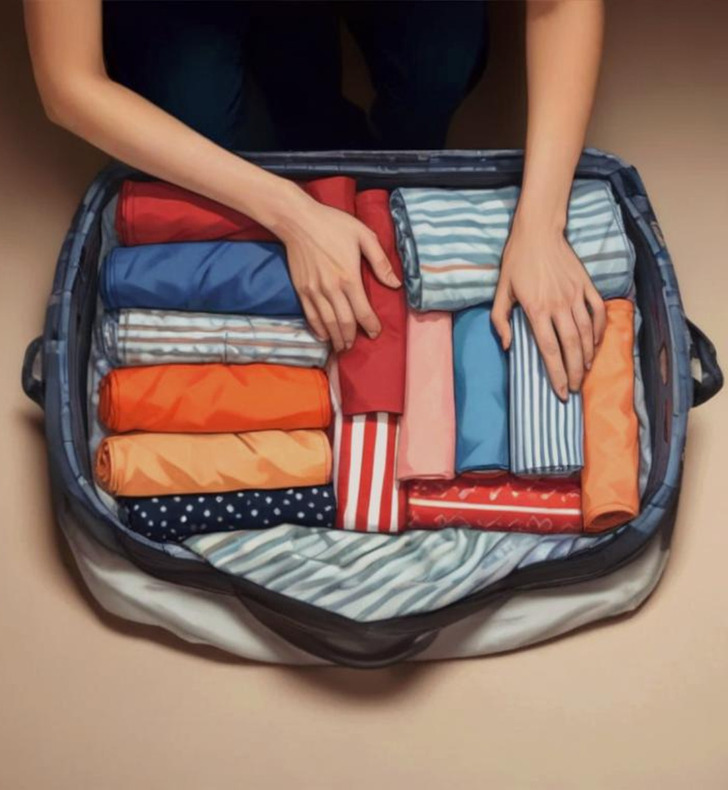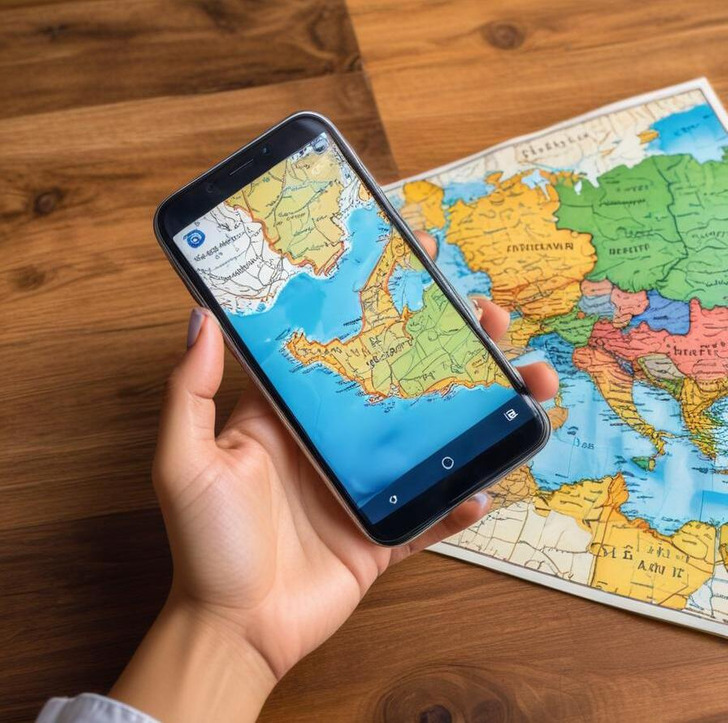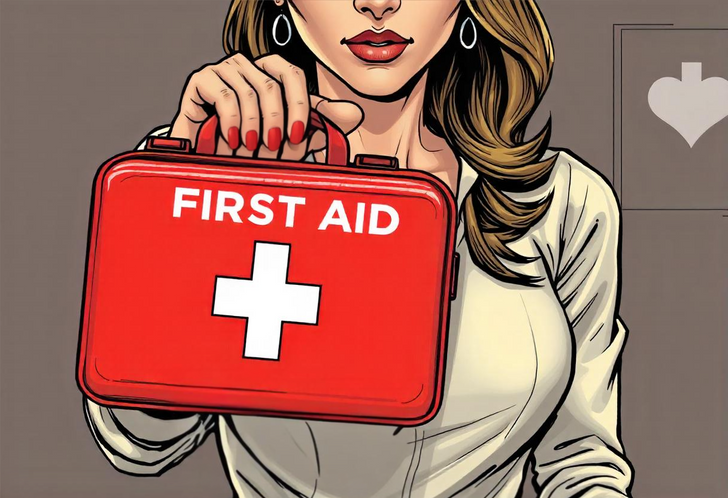My MIL Barges Into the Bathroom with No Knock, So I Worked Out Unexpected Way to Teach Her a Lesson


A good vacation should feel just right for you — relaxing and stress-free. Planning your dream travel can be just as fun as the trip. With a few smart steps, you can turn the usual stress of organizing into an exciting part of the journey.
Create a clear and simple packing list to help you remember everything you need. Think about the weather at your destination and the activities you’ve planned so you can pack just what’s necessary.
Consider these essentials:

Services like Hopper and Airfarewatchdog make it easy to monitor price changes for your desired routes and receive timely notifications when fares drop. Hopper’s mobile app, in particular, stands out with its predictive algorithm that recommends the ideal booking time. By simply entering your travel details, you can let Hopper do the work of tracking prices and alerting you to the perfect opportunity to secure a lower fare.
Airfarewatchdog offers similar functionality, allowing you to customize alerts for specific routes or general deals from your home airport. With the ability to track prices and avoid certain airlines, Airfarewatchdog puts you in control of your flight search.
And if you prefer to use a more well-known platform, Google Flights, KAYAK, and Skyscanner all offer price-tracking features that can help you stay on top of fare fluctuations. By leveraging these powerful tools, you can take the guesswork out of booking flights and ensure you get the best possible deal for your travel plans. Don’t leave your next flight purchase to chance — use a price tracking service to stay informed and save money.

The “47 days in advance” rule is a general guideline for booking domestic flights, suggesting that booking around this time may help you find cheaper fares. This guideline comes from studies and analyses of flight price trends.
Here’s why 47 days might be a sweet spot:
They’re perfect for families with lap infants because many airlines offer in-flight bassinets. As your kids get older, the extra legroom gives them space to stretch out, makes it easier to access your bags, and eliminates the worry of little feet kicking other passengers. Plus, you’ll get to deplane faster — an added bonus.

Want to experience a city’s culinary scene without breaking the bank? Take advantage of lunch specials! Restaurants often offer the same menu items at significantly lower prices during midday hours.
This is a fantastic way to indulge in a gourmet meal or try a fancy restaurant without the hefty dinner price tag. Plus, you’ll avoid the dinner rush and potentially enjoy a more relaxed atmosphere.

This classic packing tip is a game-changer. Rolling your clothes not only saves precious suitcase space but also minimizes wrinkles, leaving you looking sharp upon arrival.
For extra wrinkle protection, place a sheet of tissue paper on top of each garment before rolling.
Every inch of space counts when you’re trying to pack light. Utilize every nook and cranny by stuffing socks, underwear, or other small items inside your shoes.
This not only saves space but also helps your shoes maintain their shape during transit.

Avoid expensive roaming charges and stay on track even without an internet connection by downloading offline maps using Google Maps. Simply search for the area you’ll be visiting, and select “Download offline map.”
You’ll be able to navigate with ease, even in remote areas with limited connectivity.

Losing your passport or other important documents can be a travel nightmare. Take photos of your passport, driver’s license, travel insurance, and other essential documents and store them securely in the cloud.
This way, you’ll have access to them even if the physical copies are lost or stolen.

Many credit cards offer complimentary access to airport lounges, which can be a haven of peace and quiet amidst the hustle and bustle of the terminal. Enjoy complimentary food, drinks, Wi-Fi, and comfortable seating while you wait for your flight.
Some lounges even offer showers and spa services.

Tuesdays and Wednesdays are often the cheapest days to fly, as business travel tends to be lower on these days.
If your travel dates are flexible, consider flying mid-week to save money on airfare.

While we hope you never need to use your emergency kit while traveling, being prepared is crucial. Follow these guidelines to create a comprehensive emergency kit:
Documents and Information
Financial and Medical
Essentials
Important Tips
You’ll be glad you did. A compact option like a lightweight stroller is a game-changer for traveling. It’s lightweight, folds up with just a button, is super easy to steer, and serves multiple purposes — whether it’s for getting around, having a snack, or giving your little one a comfy place to nap during your vacation.
Tired of wrestling with your roller bag in crowded airports and narrow airplane aisles? Consider embracing the freedom and agility of a backpack or duffel bag. This switch allows you to navigate crowds and obstacles with ease, minimizing the risk of your bag being gate-checked due to limited overhead space.
Furthermore, using a backpack encourages more mindful packing, forcing you to prioritize essentials and shed unnecessary weight for a more comfortable and efficient travel experience.











